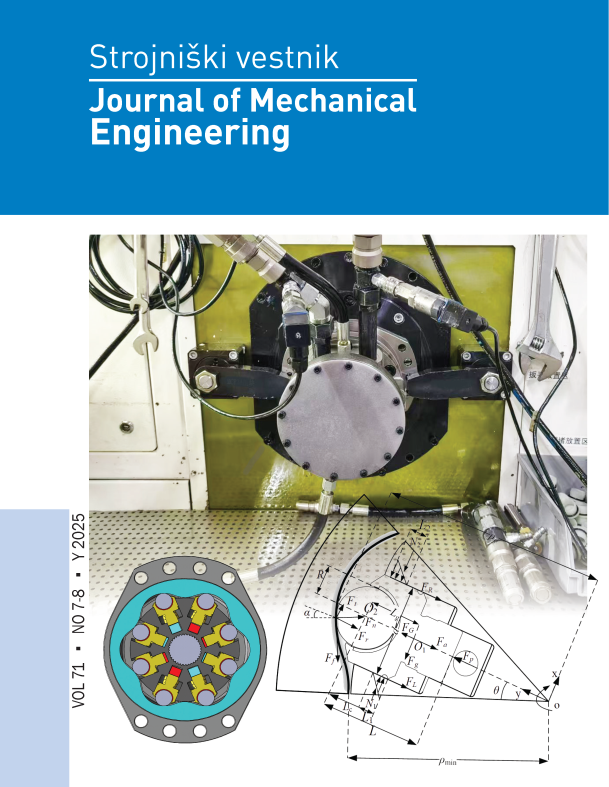Evaluation of Surface Functional Properties of Polymeric Sliding Materials for Lubricated Metal-Polymer Pairs Applications
DOI:
https://doi.org/10.5545/sv-jme.2024.1188Keywords:
tribological wear resistance, polymeric sliding materials, frictional contact, coefficient of frictionAbstract
This work presents a comparative study of the surface mechanical properties and tribological wear resistance of polymeric sliding materials. The authors focused on the application of polymeric materials in producing spare parts for vehicles that are still in use but for which original components are no longer manufactured or are disproportionately expensive compared to the vehicle’s market value. The subject of the study was frictional interactions between the timing chain and the sliding element. Three commercial materials were tested, designated: PA6G, PA6G+MoS2, PE 1000. A commercial lubricant PMO 5W40 Extreme 100 % (intended for vehicles without a particulate filters) was used. The coefficient of friction and wear were analyzed under dry friction and oil bath. The lowest coefficient of dry friction was obtained for the PA6 G, whereas PE 1000 exhibits the highest. Under oil lubrication, however, PE 1000 demonstrated the lowest coefficient of friction. Microscopic analysis of wear scars was performed. The extent of wear depends on the type of material used and the nature of the interaction (dry friction, oil-bath friction). Wear under dry friction was lower than under oil-bath conditions, possibly due to the influence of the Rebinder effect.
Downloads
Published
How to Cite
Issue
Section
License
Copyright (c) 2025 The Authors

This work is licensed under a Creative Commons Attribution 4.0 International License.


